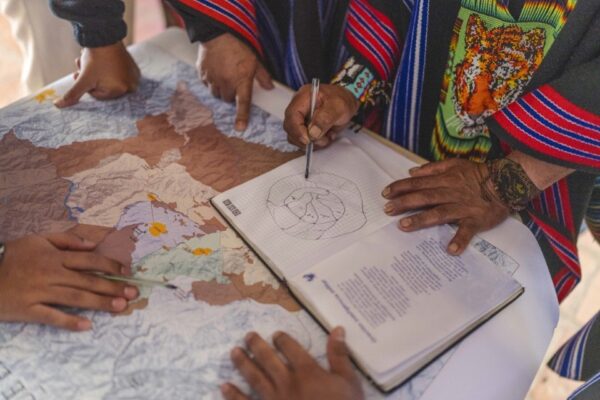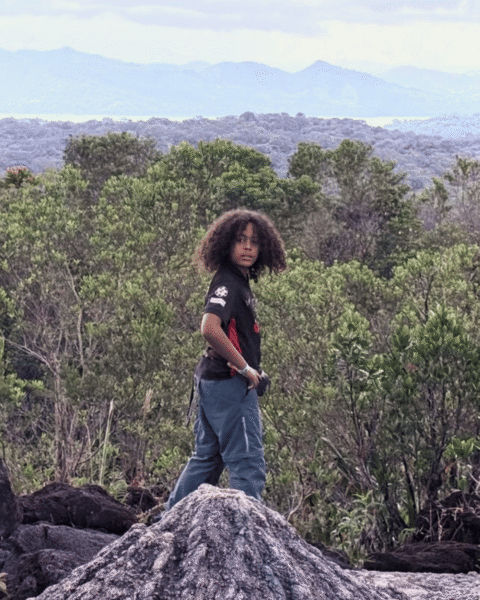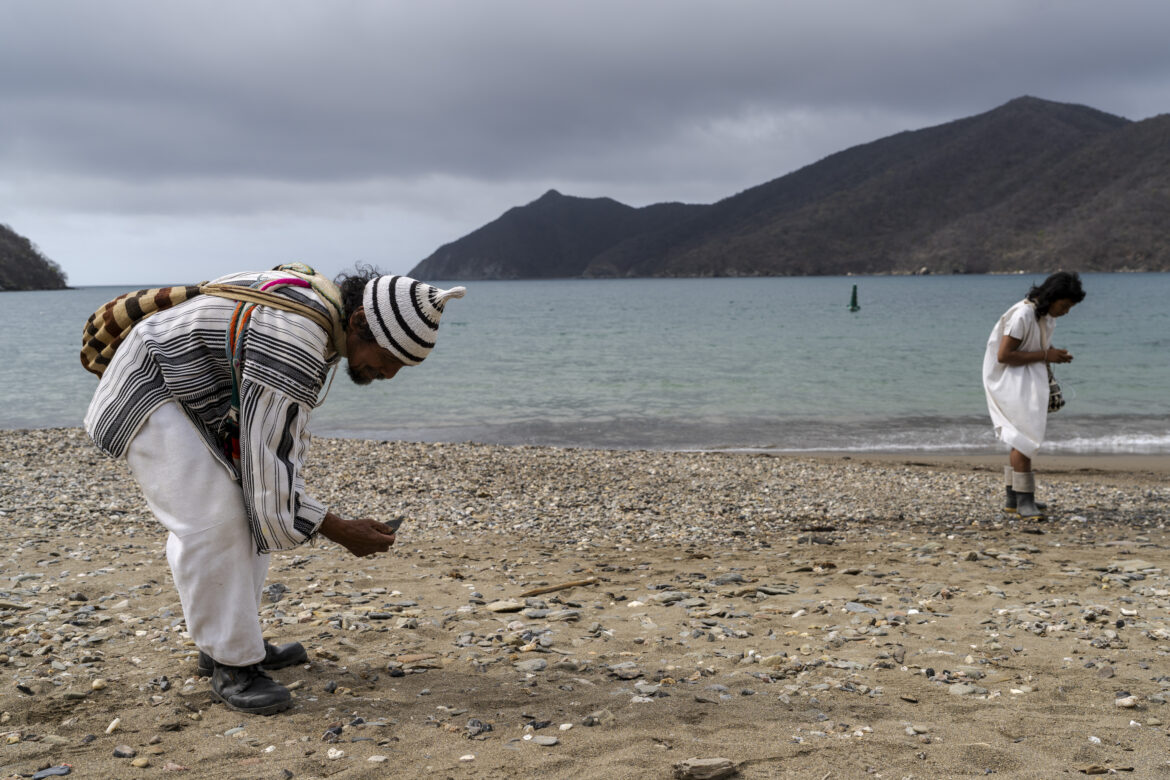
The Sierra Nevada de Santa Marta in northern Colombia is the highest coastal mountain range on Earth. Just 25 miles from the Caribbean Sea, its snowcapped peaks rise dramatically from the coastline, creating a uniquely stunning landscape that holds profound spiritual and cultural meaning for the Indigenous Peoples of the region.
For the Kogui, Arhuaco, Wiwa, and Kankuamo Peoples, this mountain range is known as “The Heart of the World.” According to their ancestral worldview, the health of the Sierra—both ecological and spiritual—directly affects the balance of life across the planet.
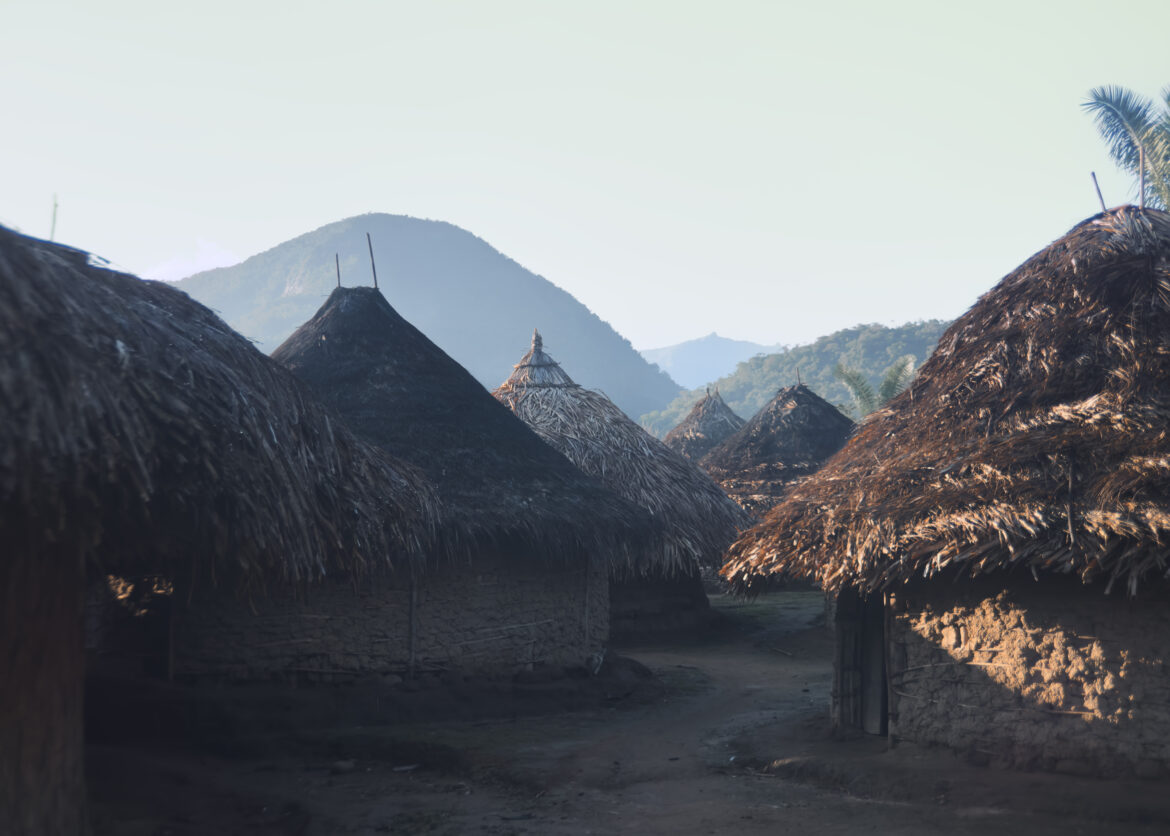
Since 2012, the Amazon Conservation Team (ACT) has worked in partnership with these communities to help maintain that balance. Together, we’ve expanded Indigenous reserves, acquired private lands to safeguard sacred sites, restored biodiversity, and supported the development of culturally significant infrastructure—all as part of our broader commitment to biocultural conservation.
“The Sierra is our casa grande (big house) that protects us. It is where we rest, where we think, where we dream… It is an energetic place that gives life not only to the peoples of the Sierra, but to everything that exists on the planet,” explains Jacinto Zarabata, a spiritual authority of the Kogui people.
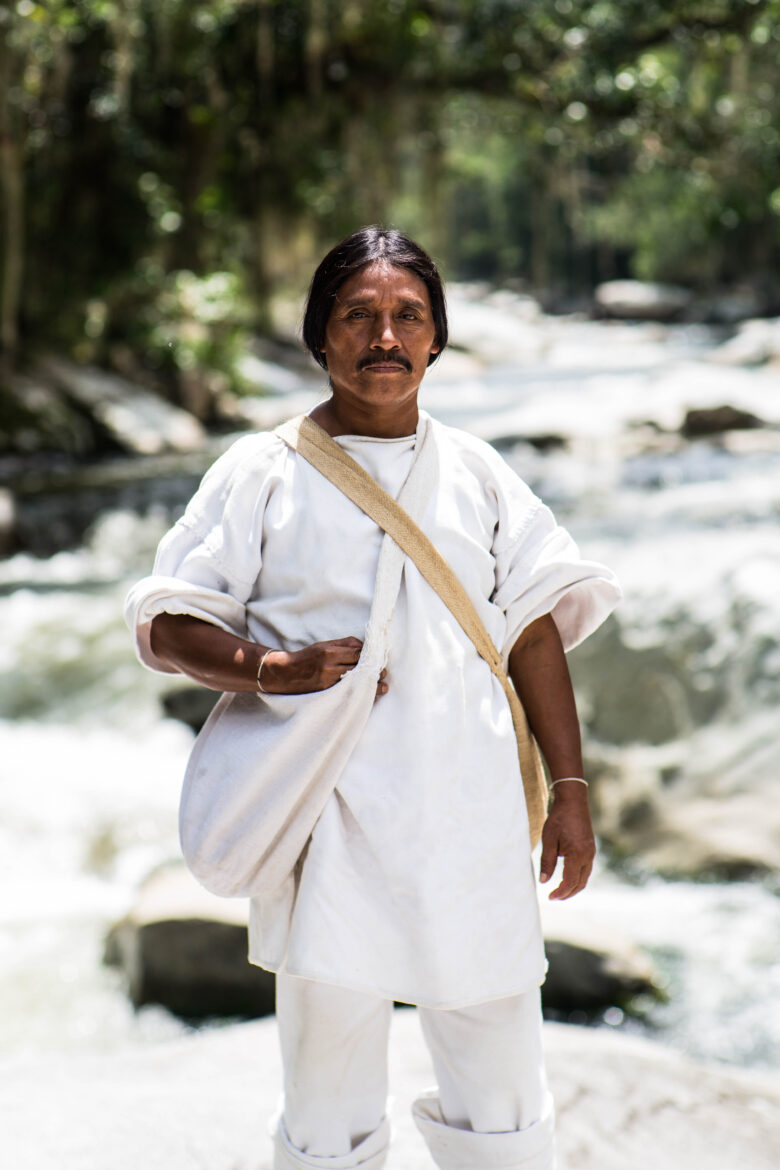
La Línea Negra
The Sierra is defined by the Línea Negra (“Black Line”), a ring of 348 sacred sites that marks the ancestral boundary of the territory. At glacial lakes high in the mountains and coastal mangroves along the Caribbean, Mamos—traditional spiritual authorities—lead ceremonies that sustain harmony and teach interconnectedness. Each site is seen as part of a living network, each with a lesson to impart.
One of those sites is Jaba Tañiwashkaka, home to a mosaic of wetlands, swamps, mangroves, and tropical dry forests. It is not only a place of deep spiritual and cultural value for neighboring communities, but is home to environmentally important habitats and water resources. These ecosystems provide habitat for crocodiles, and abundant species of birds and fish. So far, monitoring efforts have identified 226 species of birds on the site, including 51 migratory species, an indicator of the importance of this area for birds on their journey to and from North America. The site also hosts a critically endangered species of hummingbird (Chrysuronia liliae) and three vulnerable species of birds.
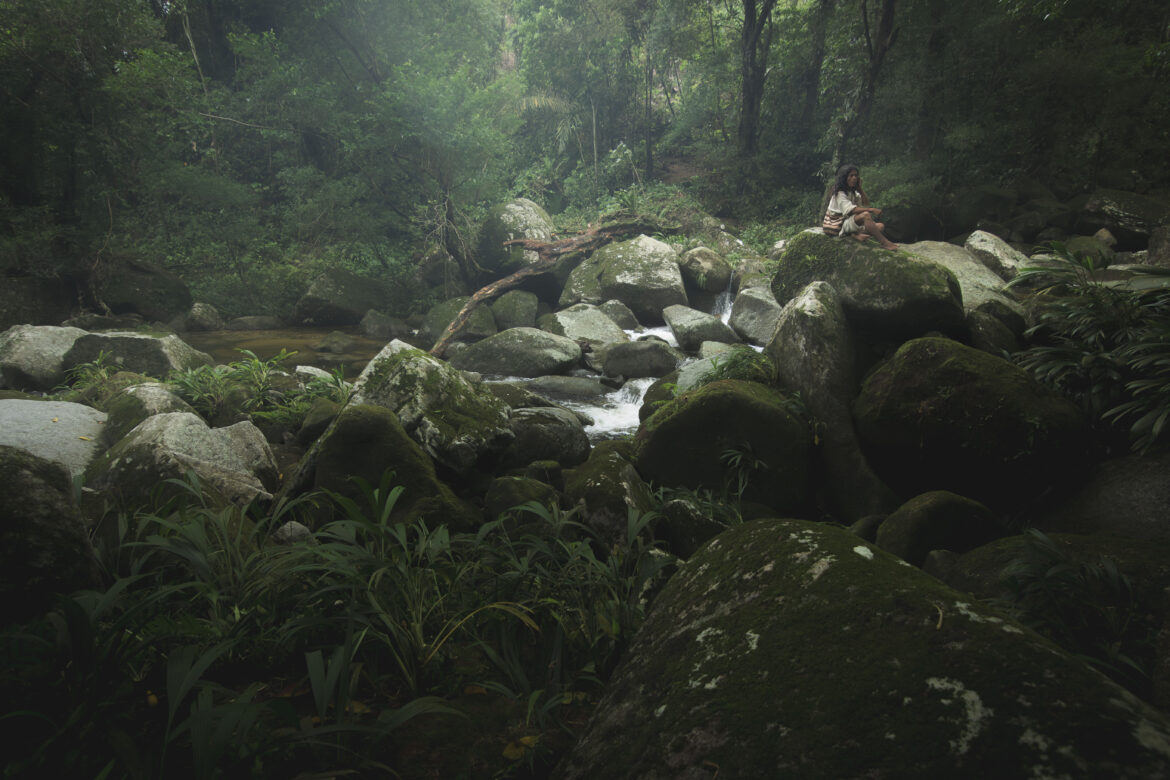
Mapping and Protecting Sacred Sites
From Jaba Tañiwashkaka, ACT has helped train over 50 Indigenous youth in digital mapping and geolocation techniques to support community-led projects. These efforts have resulted in the documentation of more than 650 sacred sites, 700 farms, and over 2,000 environmental observations monitoring threats to water sources, wildlife, and native plants.
In a major collaborative effort, the four Indigenous communities of the Sierra mapped 348 sacred sites along the Línea Negra. This work was instrumental in the Colombian government’s issuance of Decree 1500, legally recognizing the cultural and spiritual significance of these places. In 2021, the mapped sites were officially added to Colombia’s national geographic database.
Yet even with this historic recognition, threats to the region continue to grow. Mapping conducted by ACT and our Indigenous partners shows that 34 percent of the Línea Negra is at risk from activities like mining, monoculture, and unregulated tourism.
“Nowadays you don’t see the sacred sites as they used to be. Some have been destroyed, they no longer exist… and many of us have lost our territory,” shared Mama Salé Zarabata, a Kogui spiritual authority.
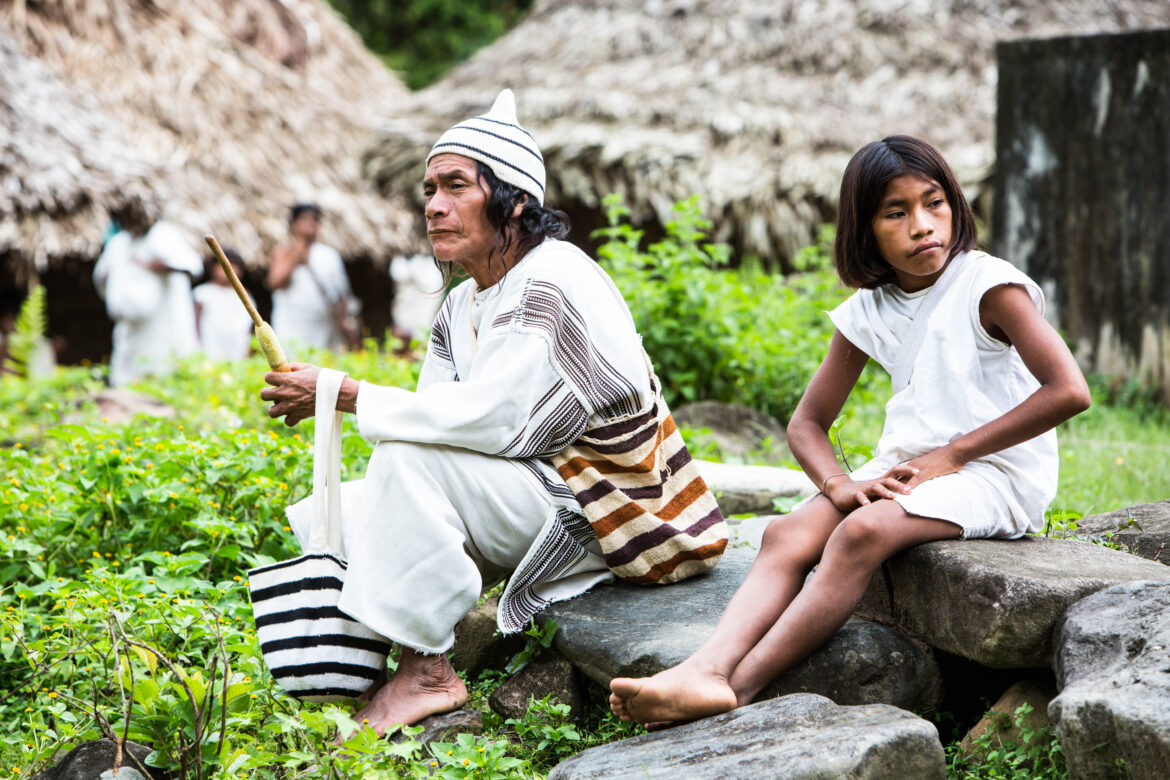
Preserving Culture and Ecosystems
The Sierra’s cultural importance is inseparable from its ecological value. Like the Amazon, it is a cradle of biodiversity—home to species found nowhere else on Earth, from the endangered Black-backed Thornbill hummingbird to brightly colored harlequin toads. Conservationists recognize the Sierra as one of the world’s most irreplaceable ecosystems.
It also sustains human life: 36 rivers originate here, providing water to more than 1.5 million people. At ACT, we believe that protecting this land in partnership with its traditional guardians is essential to safeguarding its benefits for all.
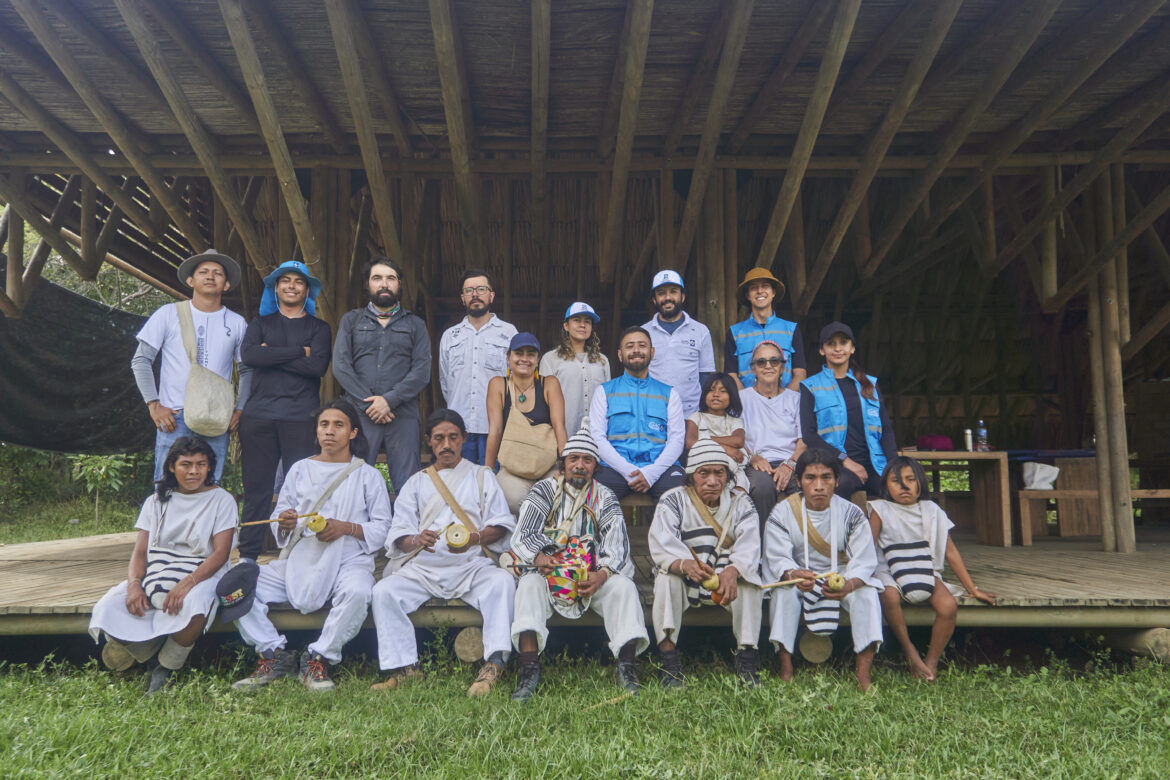
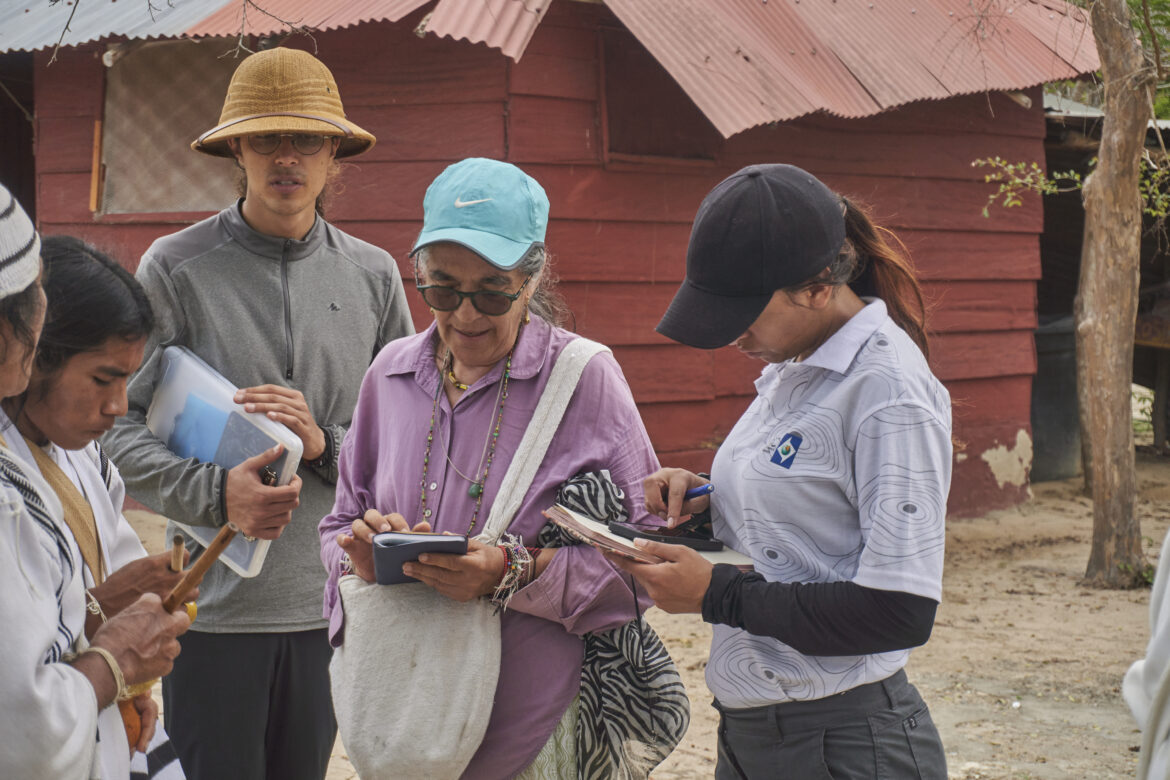
In 2025, ACT is continuing our commitment to the area by collaborating with Indigenous organizations and the Agustín Codazzi Geographic Institute (IGAC) to record the oral histories of 38 prioritized sacred sites along the Línea Negra. These stories—told by elders and accompanied by mapped data—will be shared with the communities through interactive mapping platforms to be used in Indigenous educational spaces, while a smaller selection will be made publicly available to raise awareness and build broader respect for the Sierra’s enduring vitality.
Share this post
Bring awareness to our projects and mission by sharing this post with your friends.


